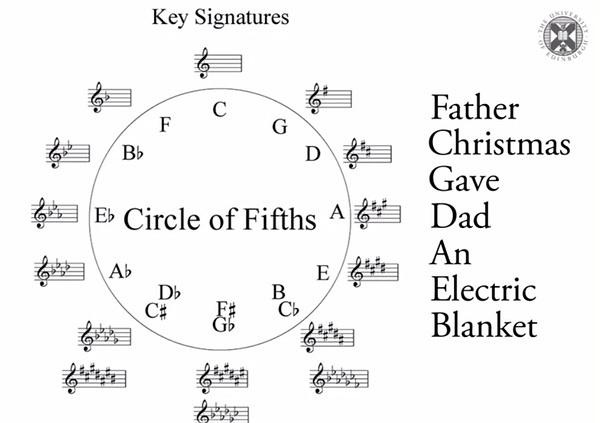Tone Definition in Writing: A Comprehensive Guide
Understanding the tone of your writing is crucial for conveying the right message to your audience. The tone sets the mood and determines how your readers perceive your content. In this detailed guide, we will explore various aspects of tone definition in writing, helping you master the art of effective communication.
What is Tone?
The tone of your writing refers to the attitude or emotion conveyed through your words. It can be formal, informal, serious, humorous, persuasive, or any other emotional state. The tone is influenced by the context, audience, and purpose of your writing.

Types of Tone
There are several types of tone that you can use in your writing. Here are some common ones:
| Type of Tone | Description |
|---|---|
| Formal | Used in professional settings, formal tone is objective, respectful, and precise. |
| Informal | Informal tone is more relaxed and conversational, often used in personal correspondence or social media. |
| Humorous | Humorous tone is used to entertain or amuse the reader, often through wit or sarcasm. |
| persuasive | Persuasive tone is used to convince or influence the reader, often found in advertising or argumentative essays. |
| Informative | Informative tone is used to provide information or educate the reader, commonly found in articles or reports. |
How to Determine the Tone
Determining the tone of your writing involves considering several factors:
-
Context: The context in which your writing is published or delivered can greatly influence the tone. For example, a business report should have a formal tone, while a personal email can be more informal.
-
Audience: Understanding your audience’s preferences and expectations can help you choose the right tone. For instance, a technical manual should be written in a clear and concise manner, while a creative story can have a more expressive tone.

-
Purpose: The purpose of your writing will also play a role in determining the tone. If you want to persuade your readers, a persuasive tone would be appropriate. If you’re aiming to entertain, a humorous tone might be more effective.
Using Tone to Enhance Your Writing
Once you’ve determined the appropriate tone for your writing, here are some tips to help you enhance it:
-
Choose the right words: The words you use can greatly impact the tone. For example, using formal language can create a professional tone, while casual language can make your writing sound more friendly.
-
Be consistent: Maintain the same tone throughout your writing to ensure clarity and coherence. Switching between tones can confuse your readers.
-
Use punctuation and capitalization: Punctuation and capitalization can help emphasize certain words or phrases, contributing to the overall tone of your writing.
-
Read aloud: Reading your writing aloud can help you identify any inconsistencies in tone and make adjustments as needed.
Common Tone Mistakes to Avoid
While mastering the tone of your writing, it’s important to be aware of common mistakes:
-
Overuse of jargon: Using too much technical jargon can make your writing sound impersonal and difficult to understand.
-
Being too casual: While an informal tone can be effective in certain contexts, being overly casual can come across as unprofessional or disrespectful.
-
Lack of clarity: A tone that is not clear or consistent can confuse your readers and hinder your message.
Conclusion
Mastering the tone of your writing is essential for effective communication. By understanding the different types of tone, considering the context, audience, and purpose, and using the right words and punctuation, you can create compelling and engaging content. Avoid common tone mistakes, and










